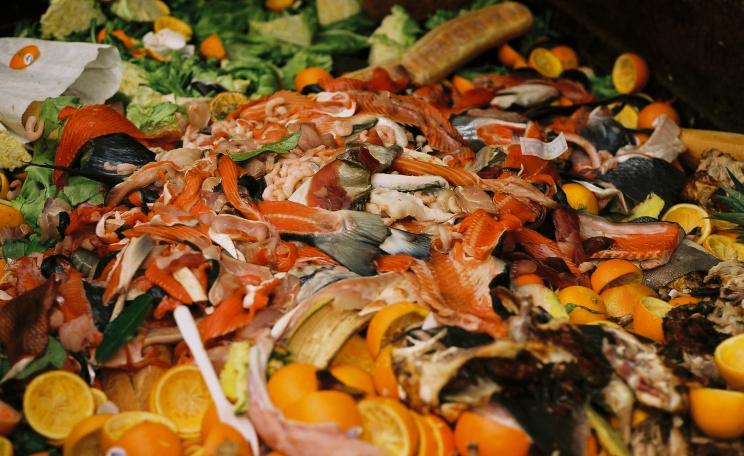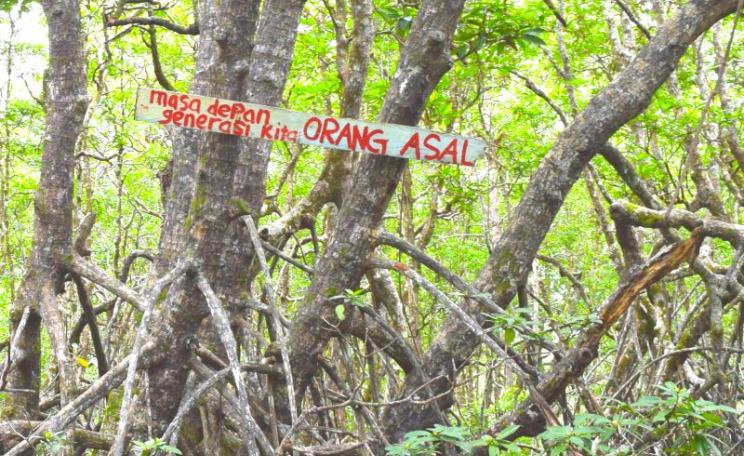Adding biochar to soils helps sequester carbon, restore fertility and bring the world's soils back to life.
In 1987 The Mayan Factor, a book by Jose Arguelles, inspired people to gather on August 17th at various 'power points' around the world to celebrate the Harmonic Convergence.
This was the planetary alignment that anticipated the December 21st 2012 event that marked the end of a 5125 year b'ak'tun of the Maya Long Count calendar on the date 13.0.0.0.0
That day, I resolved to do something with chocolate
Rather than gather at Glastonbury, Machu Picchu or Chaco Canyon, I went with Anthony Conforti and cameraman Malcolm Electric Warrior to southern Belize to record the Deer Dance, a 4-day dance that illustrates the past, present and future of the Maya.
On the final day, before the great pole was raised to the sky from a hole in the ground to represent the union of heaven and earth, Maya farmer Maximo Bolon took me for a walk to a nearby cacao orchard.
I was transfixed as I looked at and then tasted cacao - the beans, long sacred to the Maya people, that are the essential ingredient for chocolate and cocoa. From that day on I resolved to do something with chocolate.
The failure of industrial cacao
At that time the farmers, advised by USAID and FAO, were planting new orchards on an industrial pattern: closely packed trees, no shade trees, major dependence on heavy inputs of chemical fertilisers and fungicides.
The same thing was happening all over the world - the industrialisation of cacao led to 414,000 hectares being planted in Malaysia and 125,000 in Brazil's Bahia state. Happily, it all ended in tears.
The Malaysian cacao was flavourless, and unprofitable without slave labour from the hill tribes of Thailand and Laos. The Brazilian cacao was wiped out by 'witches broom' - a fungal disease that destroyed all of Bahia's cacao in a matter of months.
Only 20,000 hectares remain in Malaysia and the remnants in Brazil have adopted non-industrial agroforestry systems.
In Belize, a similar tragedy was in the making
The farmers in Belize found that, as soon as the cacao trees they had planted using borrowed money were in production, the price collapsed.
They had been promised $1.75 per pound - but by the time the aid workers left the price offered by Hershey's agents had plummeted to 55 cents per pound. They had debts to the bank and were faced with foreclosure.
Luckily for me, they had stopped using expensive chemicals. And luckily for them I was desperate for organic cacao for Green & Black's, which I had started two years earlier using organic cacao from Togo.
We did a deal and they continue to supply Green & Black's 21 years later, farming on an agroforestry organic basis.
The bichar connection
In 2008 I was in Belize with John Moussouris, a Silicon Valley entrepreneur who was passionate about the potential of biochar to help reduce greenhouse gas emissions.
Adding biochar to soils helps sequester carbon, restore fertility and bring the world's soils back to life.
He kindly arranged for three Maya farmers to fly to Cornell University where Professor Johannes Lehmann gave us and them a 2-day intensive training in the production and use of biochar.
Biochar is simply charcoal. When made at relatively low temperatures (400° - 600° C) and then ground into particles of 1-5 mm it has remarkable properties when added to soils. It helps soils retain water and nutrients, reducing drought stress and input costs.
Perhaps its most important quality is that its micro-porous structure provides a moist and protective environment in which mycorrhizae and associated bacteria can flourish.
These microorganisms nourish the plant by ferrying nutrients to the roots, where they exchange them for carbohydrates made by photosynthesis in the plant's leaves.
They also jealously protect 'their' plant from parasitic organisms that are the source of most plant diseases. Adding biochar can therefore provide economic benefits.
Biochar: productive cropping goes on, year after year
The Maya farmers returned to Belize and set about making biochar, with the help of Carbon Gold, our company.
We make smallholder farmer-scale kilns that efficiently produce biochar. As these small-scale pyrolysis kilns can be transported from farm to farm and process a range of feedstocks, the farmers could easily adopt them into their growing systems - producing a valuable soil amendment out of their agricultural waste stream.
The 'slash and burn' farming system that requires 5 times as much land to be fallow as under production is now being replaced by a 'slash / char / mulch' system that enables farmers to obtain a crop year after year from the same land while restoring eroded soils.
Now, eight new nurseries are on the way
So what happened when farmers applied biochar to their trees and to their nursery tree seedlings? In the field results were anecdotal - farmers saw healthier trees and improved yields from orchards where biochar had been applied.
Year-old trees planted out with biochar in 2009 were yielding cacao pods in 2012 - several years earlier than trees that had been planted out without biochar. This convinced the farmers - seeing is believing.
An application to the UNDP for funding to expand the biochar programme was rewarded with a $50,000 grant. The UNDP also sees the potential for Belize's banana, citrus and sugar cane growers.
Further success has led to an expansion of cocoa growing: 8 new nurseries are being established with a rural development grant from the Inter-American Development Bank (IDB), to raise 45,000 new cacao tree seedlings in biochar enriched soil. Biochar will be made from cacao prunings and other forest and agricultural waste.
The economics are in favour of agro-ecology
Cacao is just one primary industry that is experiencing diminishing returns as depleted soils demand uneconomically high levels of chemical inputs and irrigation. The economic balance is tipping in favour of agro-ecological systems.
This trend is being actively supported by multinationals like Mondelez International, Barry Callebaut and Unilever, who realise their future fortunes depend on a resilient and profitable supply network based on smallholder farmers.
Automation reduces the pressure to depopulate rural areas to provide assembly line workers, while pressure on resources is making food growing more profitable.
Efficient smallholder producers of oil palm, coffee and subsistence foods such as maize, beans and cereals are competitive with industrial operations and environmentally beneficial.
And that's without counting the carbon benefits
As carbon sequestration comes to be rewarded and carbon emissions to be taxed this advantage will be amplified. A tonne of biochar incorporated into the soil has a value of 2.7 tonnes of CO2 emission offsets.
The soils of the earth have been heavily depleted - industrial farming has led to 125,000,000 hectares of land becoming unfit for food production every year. That's 2% of the total land available for agriculture.
The promised quick fix of genetic engineering has failed to reverse this trend and now faces its own death-by-referendum. The industrial paradigm has run out of steam.
Souls must be restored, worldwide ...
Soils must be restored. We have the organic matter, we have biochar and we understand the microbiology of healthy soils better than ever before. The role of fungi and bacteria in creating healthy soils with a structure that resists erosion and reduces flooding is now well understood.
Adding biochar to soils helps sequester carbon, restore fertility and bring the world's soils back to life. We can now culture beneficial mycorrhizae, trichoderma and actinomycetes so, with the right growing environment, we can rapidly re-create life and structure in dead soils.
Biochar, with agro-ecological and organic farming systems, will provide the framework for this microbiological renaissance and enable farmers to transition from chemical dependency to natural systems with greater speed and less interim loss of productivity.
Craig Sams is co-founder of Green & Black's and Carbon Gold.
Find out about how Carbon Gold is helping to improve soil and plant health in the UK and around the globe at www.carbongold.com




